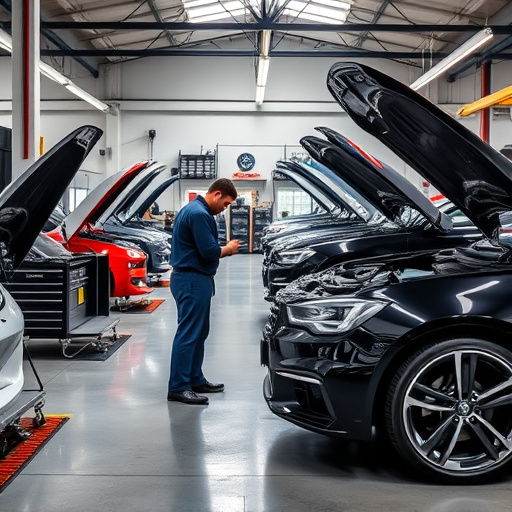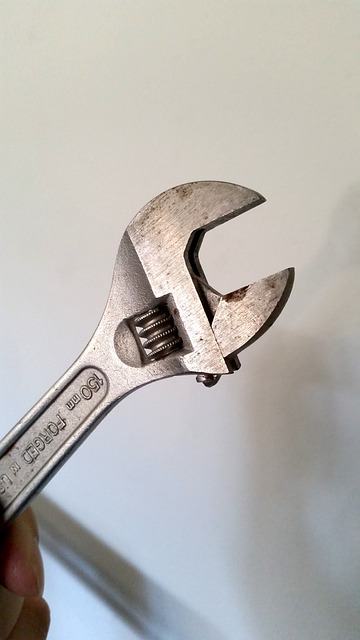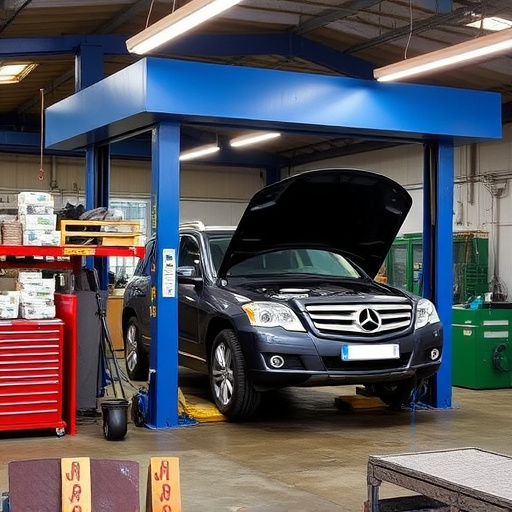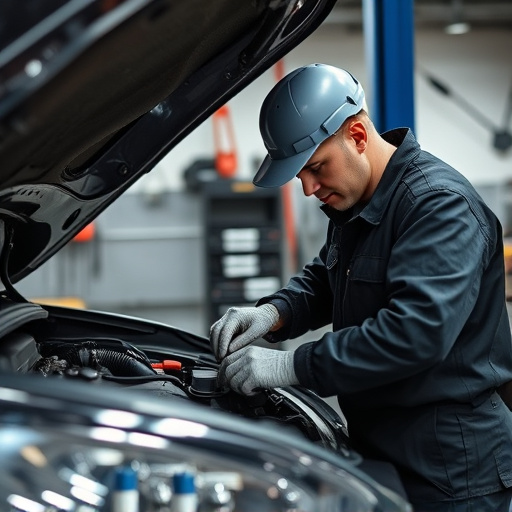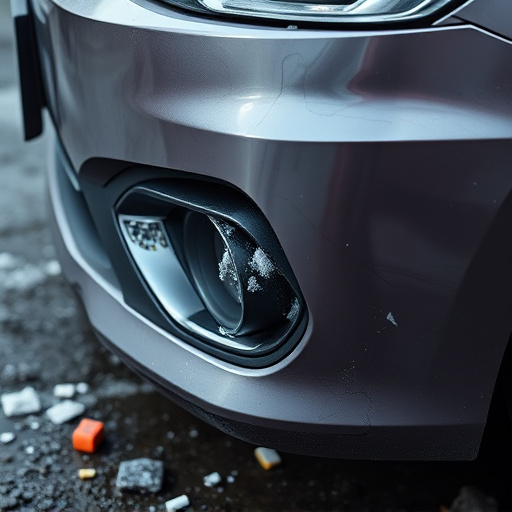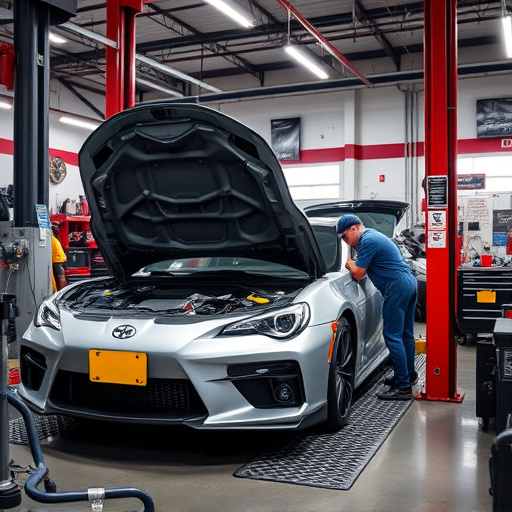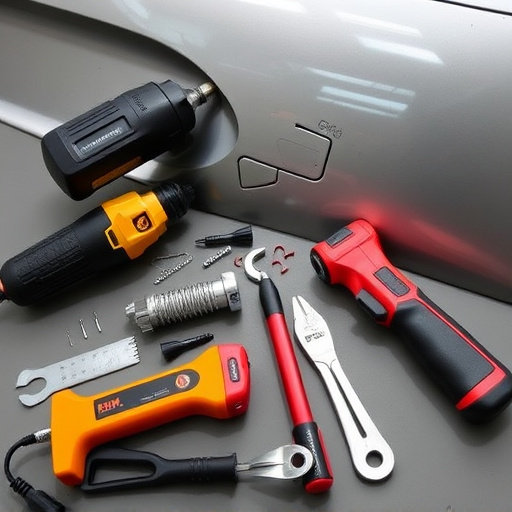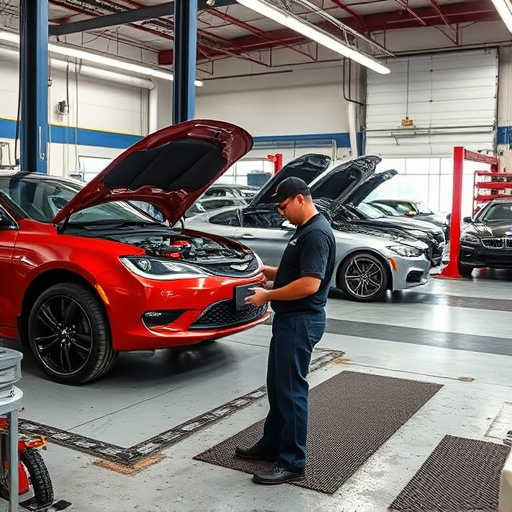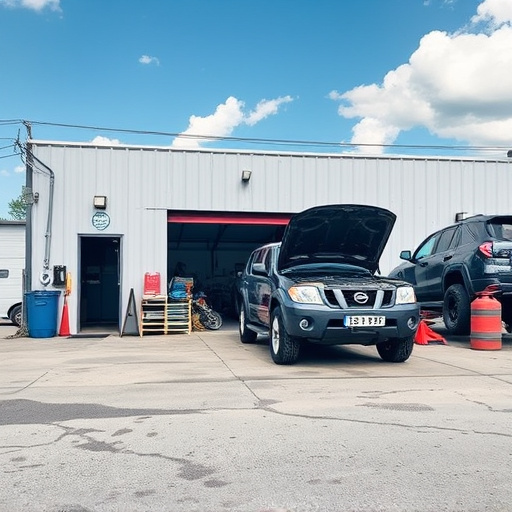Tesla onboard charger failures are common due to power surges, wear, and environmental stress. Diagnosing these issues requires inspecting power sources for damage or corrosion and using specialized tools to monitor voltage flow across the electrical network. Repairs involve identifying faulty components like a damaged charger or software glitches. Regular maintenance, including inspections and firmware updates, reduces malfunctions, enhancing safety and reliability in Tesla electrical repair.
Tesla owners often face unexpected challenges with their onboard charger systems, leading to frustrating experiences. This comprehensive guide delves into the heart of these failures, offering insights on understanding and diagnosing issues common in Teslas. We break down the process of repairing and preventing charger malfunctions, equipping you with essential knowledge for efficient Tesla electrical repair. By the end, you’ll be equipped to tackle these problems head-on.
- Understanding Tesla Onboard Charger Failures
- Diagnosing Electrical Issues in Teslas
- Repairing and Preventing Charger System Malfunctions
Understanding Tesla Onboard Charger Failures
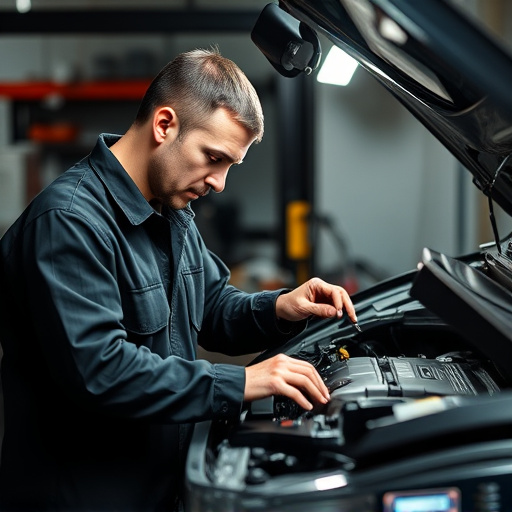
Tesla Onboard Charger Failures: A Common Issue
Tesla vehicles are renowned for their cutting-edge technology and innovative features, but like any complex system, they’re not immune to malfunctions. One such issue that Tesla owners often encounter is failure within the onboard charger system. These failures can be frustrating, leaving drivers stranded and in need of reliable Tesla electrical repair services. Understanding what causes these issues is the first step towards effective troubleshooting and maintenance.
Various factors contribute to onboard charger problems, ranging from power surges to component wear and tear. Since electric vehicles (EVs) rely heavily on their charging systems for daily use, consistent stress and exposure to environmental elements can lead to components shorting out or failing prematurely. The good news is that many auto collision centers and car repair services specialize in Tesla electrical repairs, offering diagnostic tools and expertise tailored to these sophisticated vehicles. Regular maintenance checks and prompt attention to any unusual behavior from the charging system can help prevent complete failures and keep your Tesla on the road.
Diagnosing Electrical Issues in Teslas
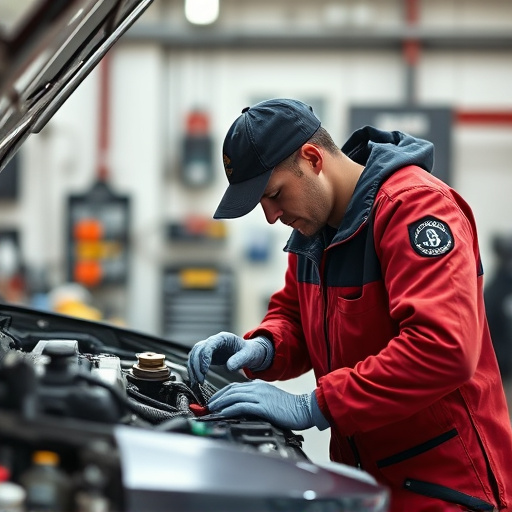
Diagnosing electrical issues in Teslas requires a meticulous approach due to their advanced technology and intricate systems. The first step is to inspect the vehicle’s power sources, checking for any signs of damage or corrosion on battery terminals and cables. This initial assessment helps identify common problems like loose connections, which can be easily rectified but may indicate deeper issues with the onboard charger system.
For more complex cases, specialized diagnostic tools are employed to monitor voltage levels and current flow throughout the electrical network. This method allows technicians to pinpoint faulty components, whether it’s a damaged charger, a malfunctioning relay, or an intermittent circuit breaker. A thorough understanding of Tesla’s unique architecture is crucial for effective luxury vehicle repair, ensuring that every fix aligns with the vehicle’s high standards and safety protocols.
Repairing and Preventing Charger System Malfunctions
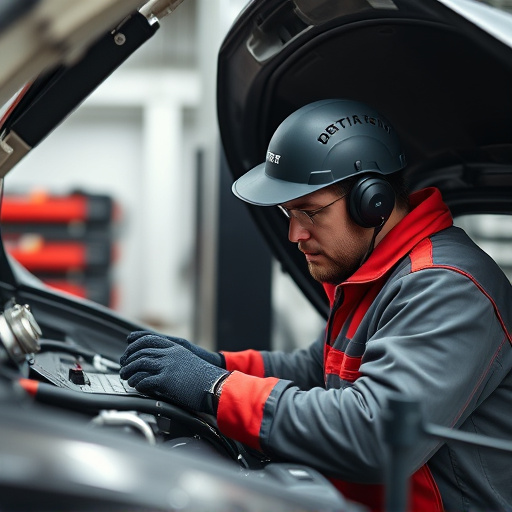
When it comes to Tesla electrical repair, addressing onboard charger system failures is a delicate process that requires expertise and precision. Malfunctions in these systems can lead to significant inconveniences for owners, ranging from charging difficulties to potential safety hazards. Proper repairs not only restore functionality but also help prevent future issues. Skilled technicians employ advanced diagnostic tools to identify the root cause of the problem, whether it’s a faulty component, loose connection, or software glitch.
A proactive approach to maintenance includes regular inspections and checks to ensure optimal performance. This involves testing electrical components, verifying grounding systems, and updating firmware when available. By integrating these practices into routine vehicle restoration, car paint services, and Mercedes Benz collision repair procedures, owners can significantly reduce the likelihood of charger system malfunctions. Such preventive measures not only save time and money in the long run but also contribute to a safer and more reliable driving experience.
In conclusion, addressing Tesla electrical repair, particularly for onboard charger system failures, involves a combination of understanding common issues, meticulous diagnosis, and proactive prevention. By diagnosing electrical problems with precision and implementing effective repairs, Tesla owners can ensure their vehicles’ charging systems operate reliably. Regular maintenance and staying informed about potential faults are key to minimizing disruptions and keeping your Tesla on the road efficiently.


